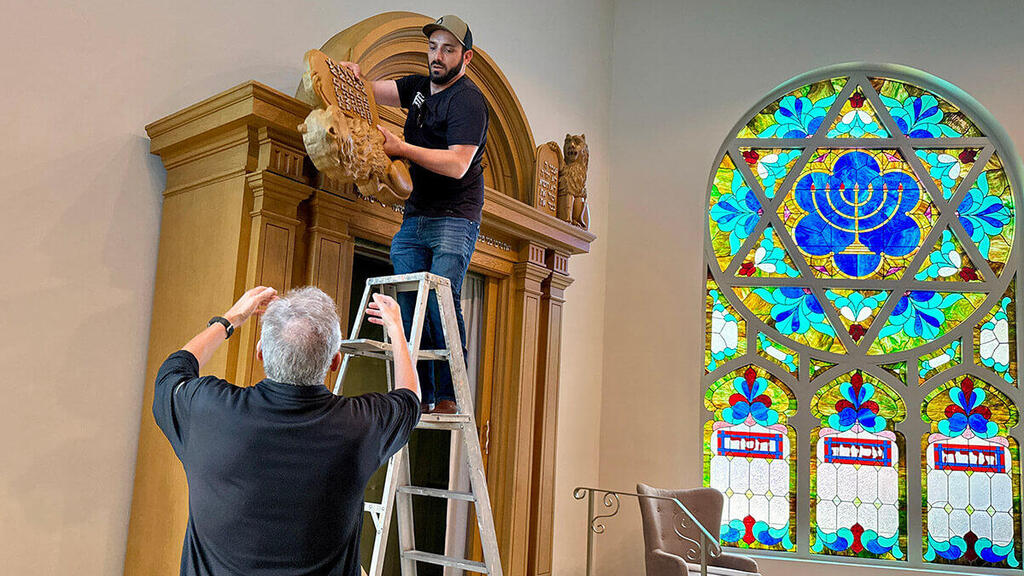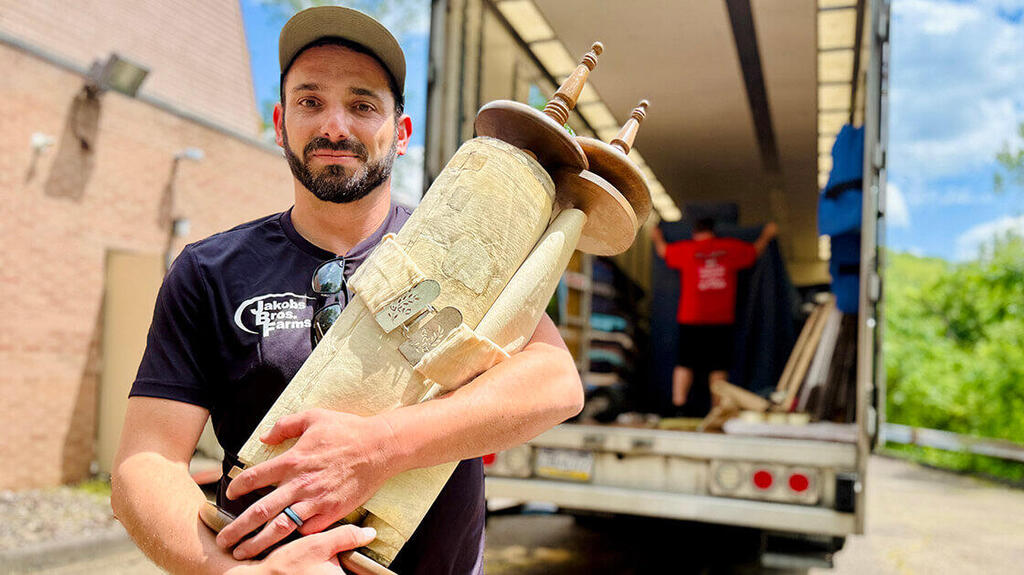These communities face challenges from outmigration, assimilation and natural decline as founding members pass away. One notable case unfolded in Dothan, Alabama, where a millionaire offered $50,000 to Jewish families willing to move there, an experiment revisited 16 years later by the Jewish outlet Forward.
Journalist Benjamin Cohen, who is researching a book on the topic, told Ynet that financial incentives often fall short. “They generate media attention and spark interest among Jews considering a move but they’re rarely enough to keep people long-term or integrate them fully into the community. Factors like family, friends, jobs and quality of life outweigh money,” he said.
In Dothan, the Jewish community was dwindling in a small city with a single synagogue, Emanu-El, located 160 kilometers (100 miles) from any other. In 2009, Larry Blumberg, a prominent community member whose grandparents helped found the synagogue in 1929, offered $50,000 to Jewish families willing to relocate and join.
Cohen, investigating the outcome 16 years later, found that the payment project initially boosted membership, with many local Jews moving closer to Dothan. Over time, however, most left, driven by job opportunities or religious and cultural mismatches. Rabbi Lynne Goldsmith, who served during the project’s years, wrote that 11 families moved to Dothan but seven eventually left.
A documentary, “There Are Jews Here,” featured a Jewish couple who relocated from New York but later left, with the wife noting, “It was hard to be Jewish there.” Today, the synagogue remains active but far from its peak, facing potential survival challenges ahead.
Cohen noted that Dothan’s experiment isn’t unique. In 2022, a Pennsylvania synagogue offered $100,000 to families to join but only three made the move. Some communities attempt to merge with others in the region, but Cohen sees this as a temporary fix, often delaying the inevitable.
What followed was even more poignant. The synagogue donated its sacred items, including the Torah scroll, bimah and stained-glass windows, to Nik Jakobs, a 40-year-old cattle farmer in Illinois building a new synagogue in a cornfield. Jakobs, a grandson of Holocaust survivors, traveled 1,000 kilometers (620 miles) to retrieve the items, aiming to honor their legacy.
He plans not only a synagogue but also a museum to commemorate small Jewish communities in America. A veteran member of the White Oak community summed it up: “There’s no beginning or end to Judaism. It’s like a wheel, always turning.”






